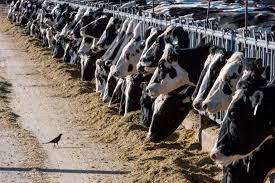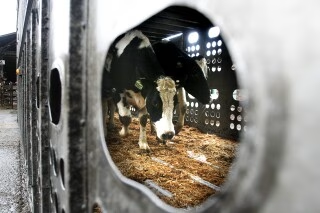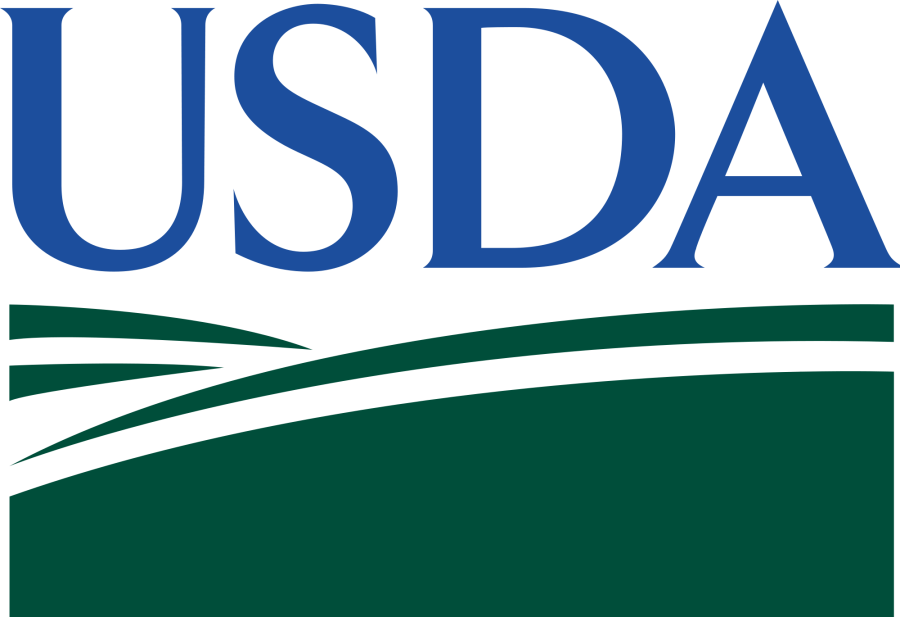H5N1 avian flu confirmed in 5 more US dairy herds and 3 cats. How is this affecting livestock and pets? Stay informed on the latest USDA APHIS updates.

The H5N1 bird flu hidden intruder threatens our agricultural backbone and pet well-being in the heartland of America. Having broken into chicken farms, this zoonotic virus has already crept into dairy cows throughout many states with alarming effects. Notable for its lethal accuracy, H5N1 has moved across to domestic cats, creating a disturbing precedent. Our primary defense is the US Department of Agriculture (USDA) and its Animal and Plant Health Inspection Service (APHIS), which provide vital updates stressing the necessity of increased awareness and aggressive actions. The most recent outbreaks in five dairy farms and other domestic animals indicate an alarming trend beyond species limits.
H5N1 Outbreaks Extend to 145 Dairy Herds Across 12 States
The latest reports underline the continuous spread of H5N1 avian flu, verified in five additional dairy farms scattered throughout Colorado, Michigan, and Texas. With these outbreaks, the USDA’s overall increase is 145 in 12 states. Minnesota also reports yet another epidemic in Benton County, with eight instances. These changes underline the need for constant awareness and strict biosecurity policies.
Surge in H5N1 Infections Among Domestic Cats Raises Alarms
APHIS has verified H5N1 in three additional domestic cats spread across two states. Two wild barn cats on a Sibley County dairy farm in Minnesota tested positive; samples were taken on June 10. On April 18, a cat from Ottawa County tested positive in Michigan, a state already suffering outbreaks on dairy farms. These examples demonstrate the growing influence of the virus on other mammalian species from 2022 to 33, therefore bringing the total number of afflicted cats. This pattern raises questions about public health and cross-species transmission, suggesting conceivable behavior of the virus that calls for further observation and study.
Ecological Impact of H5N1 Extends Beyond Domestic Animals
Significant wildlife participation in the H5N1 pandemic suggests the virus’s presence outside domestic mammals. To emphasize the broad scope of the epidemic, APHIS verified an H5N1 detection in a raccoon from Ottawa County, Michigan, gathered with samples from an infected domestic cat. This finding emphasizes more general ecological consequences, including many different species. Not spared is the avian population; recent sightings of wild birds have been recorded from several sites. Four H5N1 positives turned up in agency-harvested birds from Plymouth and Sioux counties in Iowa. Sampled in mid-to-late June, the species identified included a red-winged blackbird, a robin, a turkey vulture, and a barn swallow, therefore illustrating the effect of the virus on avian life. These results emphasize the importance of ongoing observation and decisive preventive actions across many ecosystems and species of animals.
The Convergence of H5N1 Outbreaks Across Multiple Sectors Heralds Significant Challenges
For public health, agriculture, and wildlife especially, the confluence of H5N1 infections across many industries poses significant problems. Finding the virus in dairy farms begs questions about interspecies transmission, particularly given human cases connected to cow contact. This is the first evidence of H5N1 in bovine milk, compromising dairy output and safety. Farmers in 145 impacted herds spread across 12 states might suffer financial difficulty and losses of animals. The virus’s proliferation among household cats hampers control efforts as these animals can contribute to maintaining infection.
Confirmed incidences of the virus in many bird species and a raccoon demonstrate the ecological extent of the virus, therefore affecting also wildlife. More general effects might disturb nearby ecosystems and impact endangered species. APHIS and other organizations are implementing public health campaigns, biosecurity policies, and focused monitoring programs. Early identification and containment depend critically on improved monitoring and cooperation with agencies such as the FDA and CDC.
Among the strategies are strict quarantine procedures, vaccination campaigns, and animal culling of sick individuals. Public health warnings seek to safeguard those more in danger, particularly those living near impacted species. These steps show a dedication to protecting animal and human health from environmental hazards.
The Bottom Line
A thorough monitoring and quick response is needed as the H5N1 avian flu spreads into new states. The discovery of H5N1 in 145 dairy cows and many domestic cats and its spread to wild animals emphasizes significant ecological and agricultural consequences. The important lessons are the rise in domestic cat cases, the growth in dairy herd illnesses in twelve states, and the more significant environmental influence on wild birds and animals. These incidents draw attention to the linked character of H5N1 epidemics, which motivates state and federal agency collaboration and alertness. The USDA, CDC, and FDA assiduously track these hazards to guarantee public health and safety. Public knowledge and following safety procedures are vital for individuals with occupational exposure. Maintaining human and animal health depends on a coordinated strategy.
Key Takeaways:
- APHIS has confirmed H5N1 avian flu in five additional dairy herds across Colorado, Michigan, and Texas, resulting in 145 affected herds in 12 states.
- Minnesota reported its eighth H5N1 outbreak in dairy farms, specifically in Benton County.
- Three more domestic cats tested positive for H5N1, raising the total number of affected cats to 33 since 2022.
- Feral barn cats in Sibley County, Minnesota, and a cat in Ottawa County, Michigan, were among the latest feline cases.
- Samples from a raccoon in Ottawa County, Michigan, also tested positive for H5N1, highlighting the virus’s spread among wild mammals.
- Four wild birds in Iowa, including a red-winged blackbird and a barn swallow, were recently confirmed with H5N1, underscoring the virus’s impact on wildlife.
Summary:
The H5N1 avian flu has infiltrated dairy herds across several states, including the heartland of America. The US Department of Agriculture (USDA) and its Animal and Plant Health Inspection Service (APHIS) have been the primary defense against this threat, offering critical updates and emphasizing the need for heightened awareness and proactive measures. The latest outbreaks in five dairy herds and additional domestic cats signify a worrisome trend transcending species boundaries. The USDA’s total outbreaks reach 145 in 12 states, with Minnesota reporting another outbreak in Benton County. The surge in H5N1 infections among domestic cats raises alarms, as APHIS has confirmed H5N1 in three more domestic cats across two states. This trend concerns cross-species transmission and public health, indicating possible changes in the virus’s behavior that require further monitoring and research. The ecological impact of H5N1 extends beyond domestic animals, with wildlife involvement in the outbreak being significant. The convergence of H5N1 outbreaks across multiple sectors presents substantial challenges for public health, agriculture, and wildlife.
Learn more:














